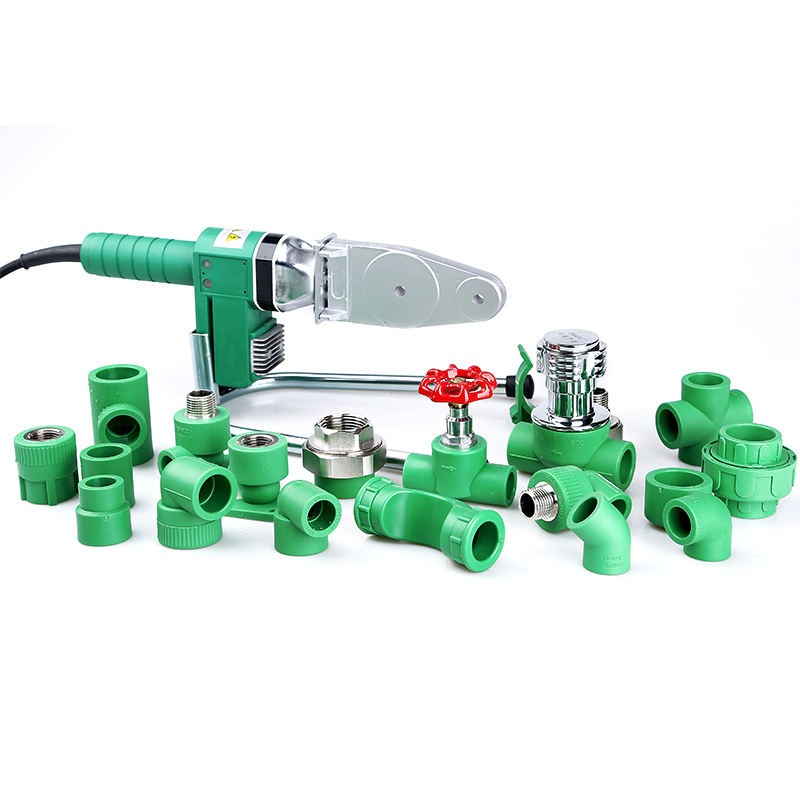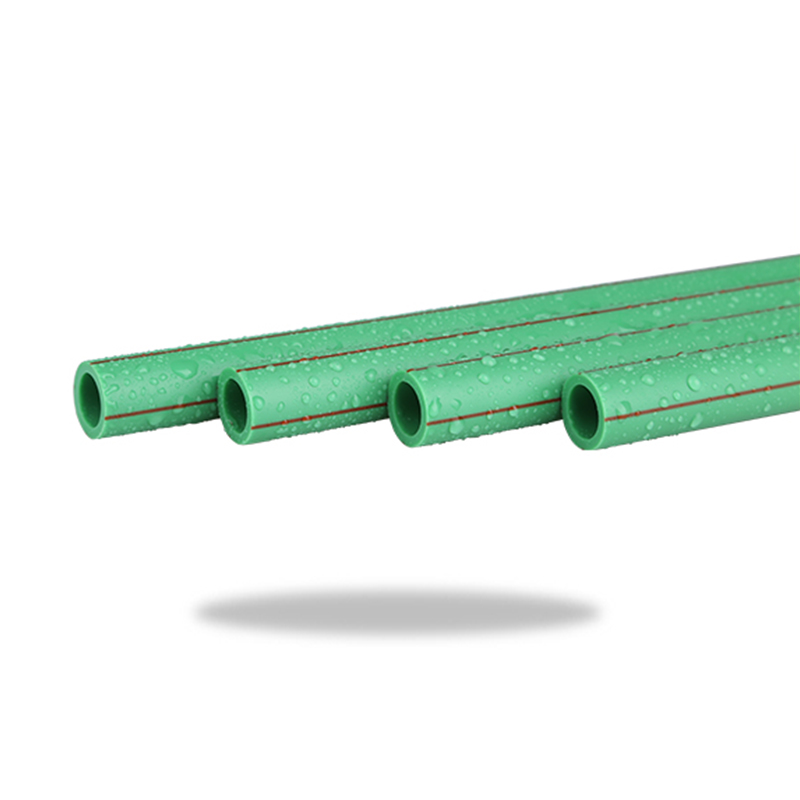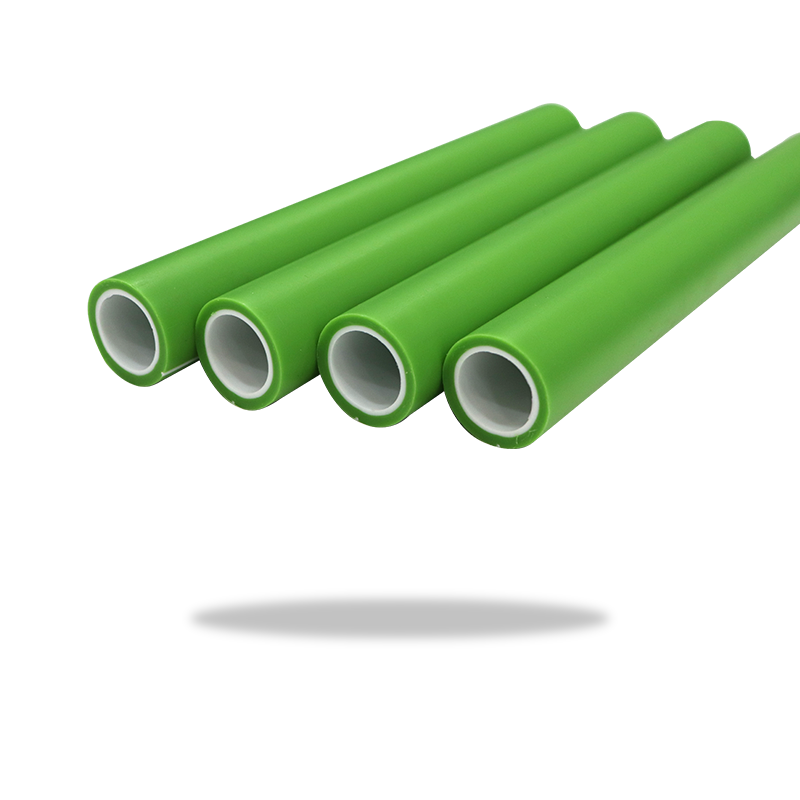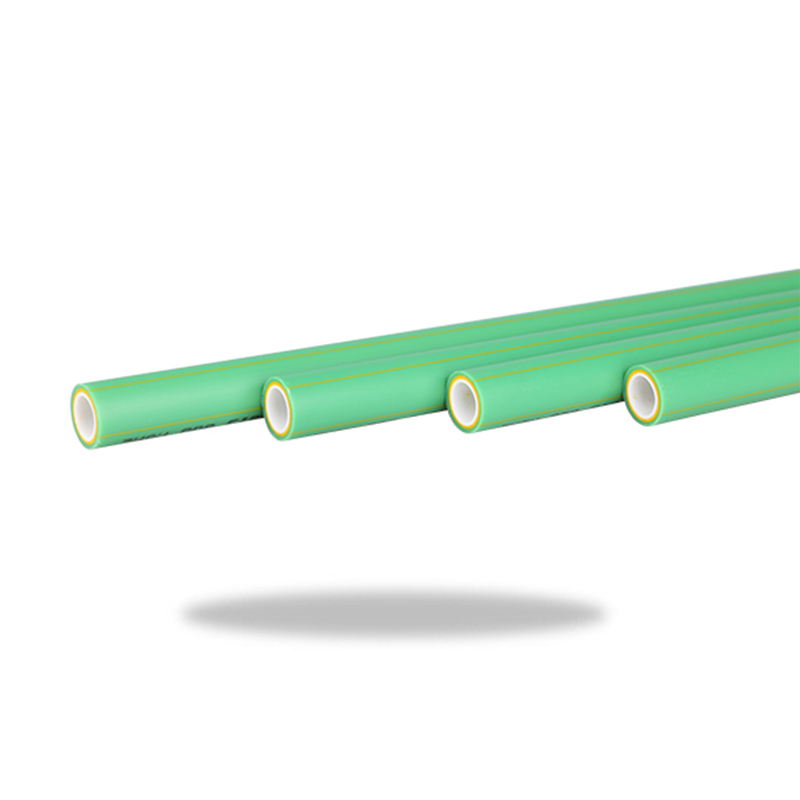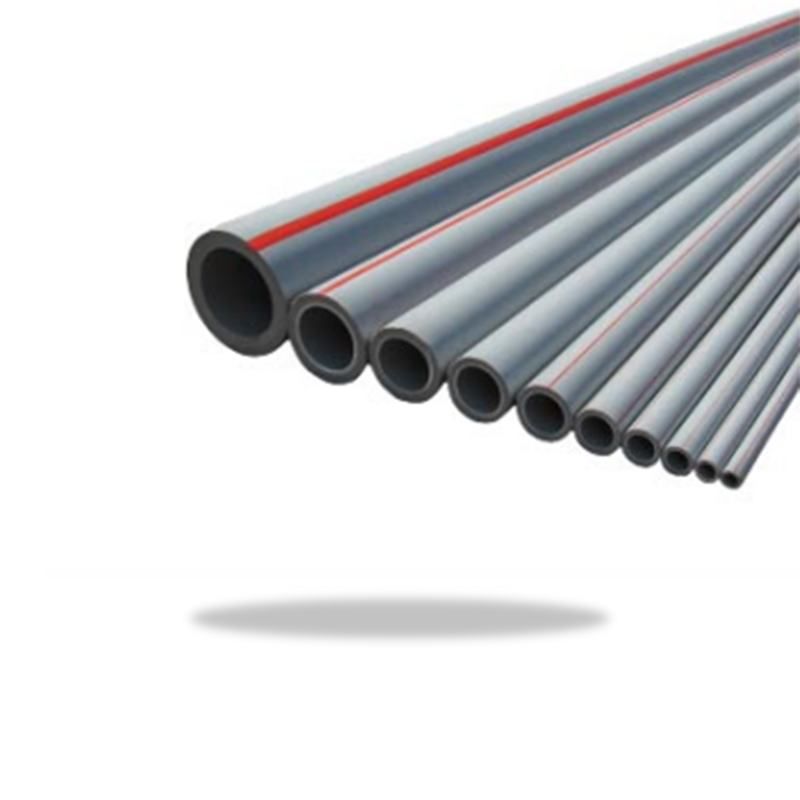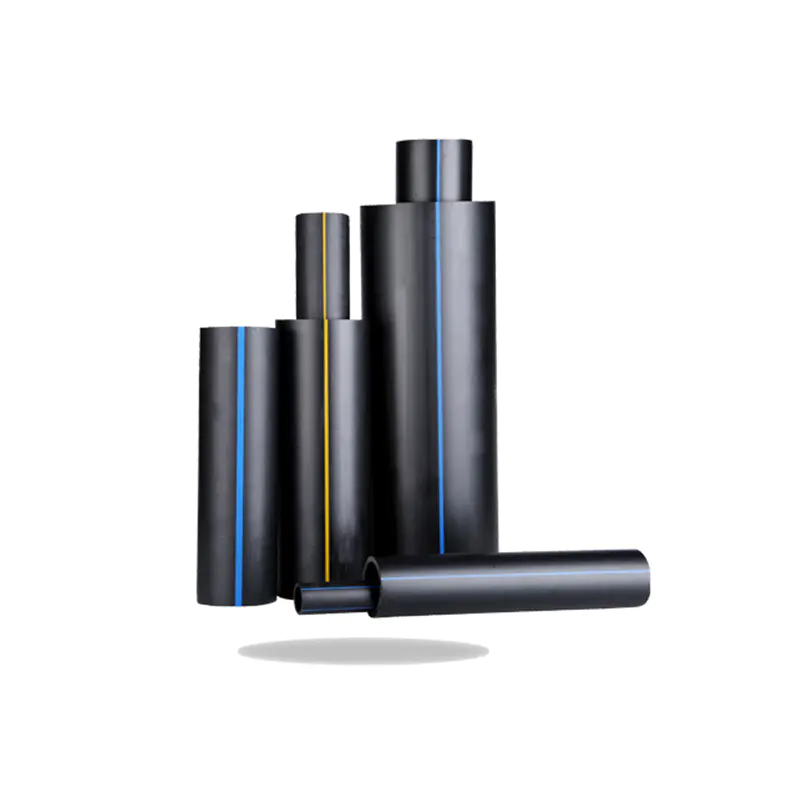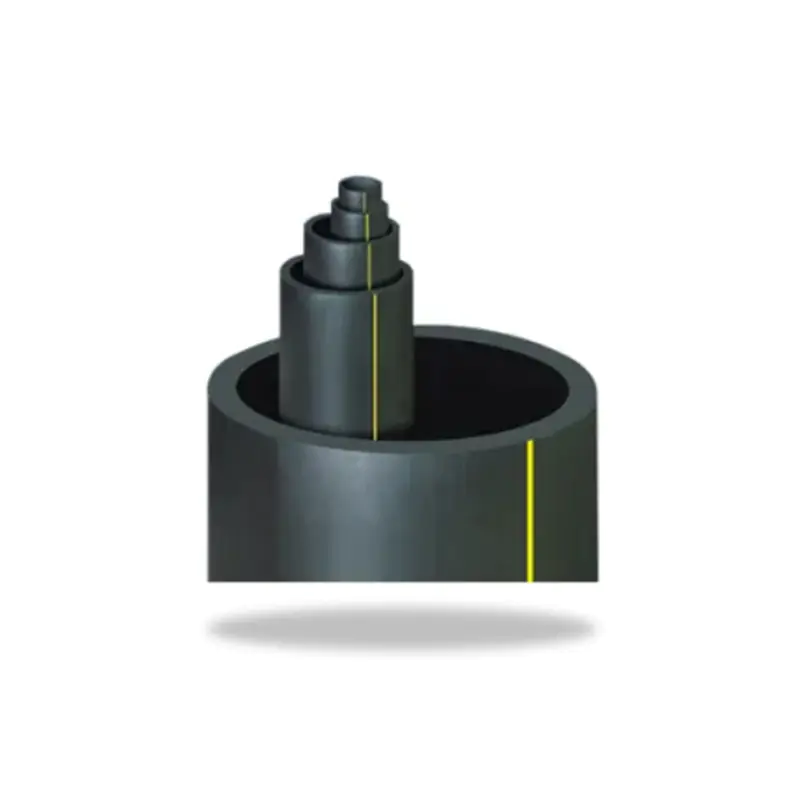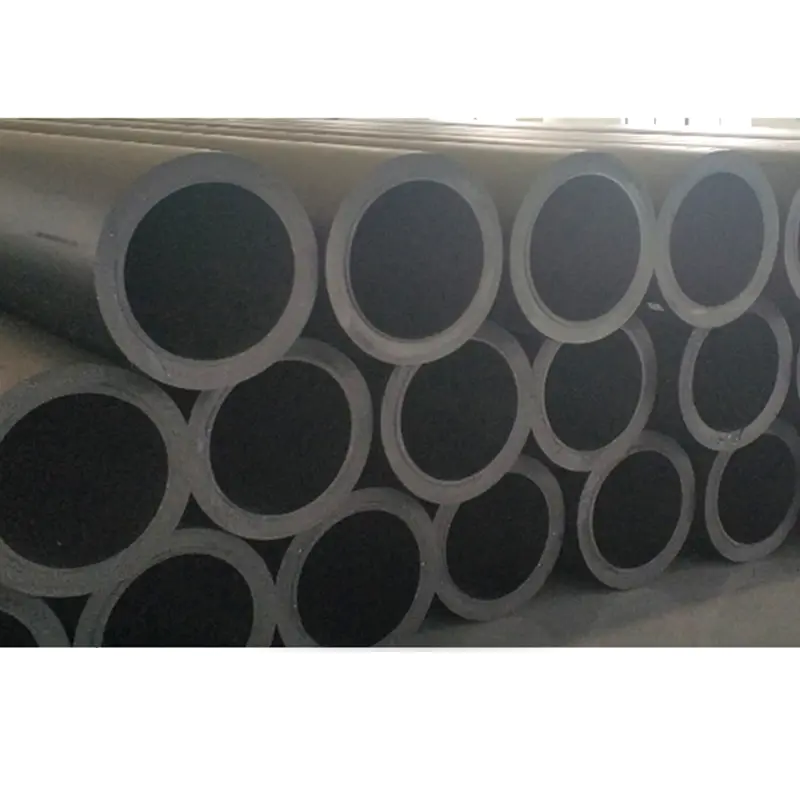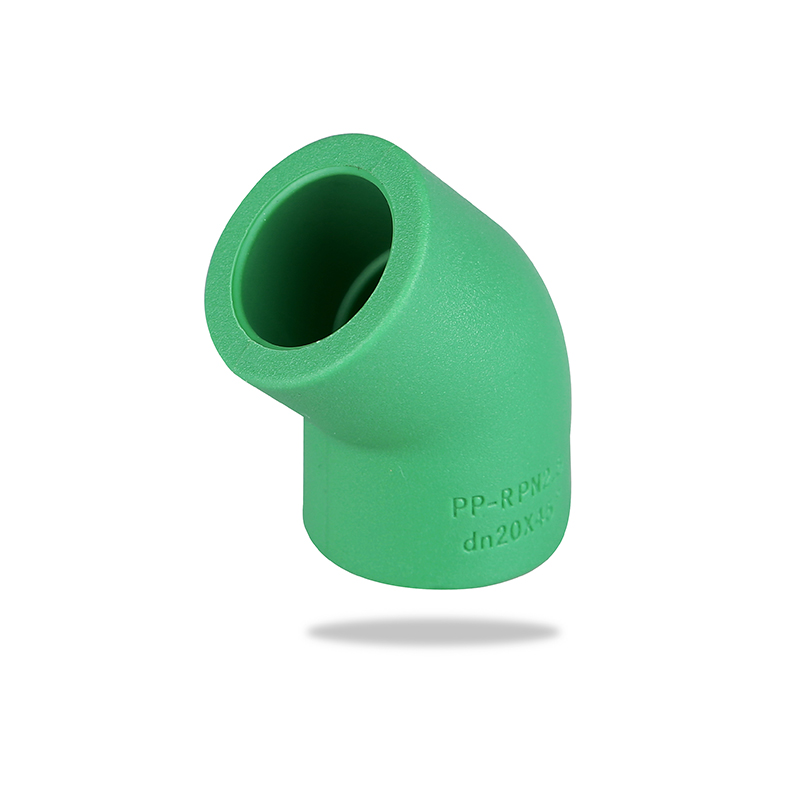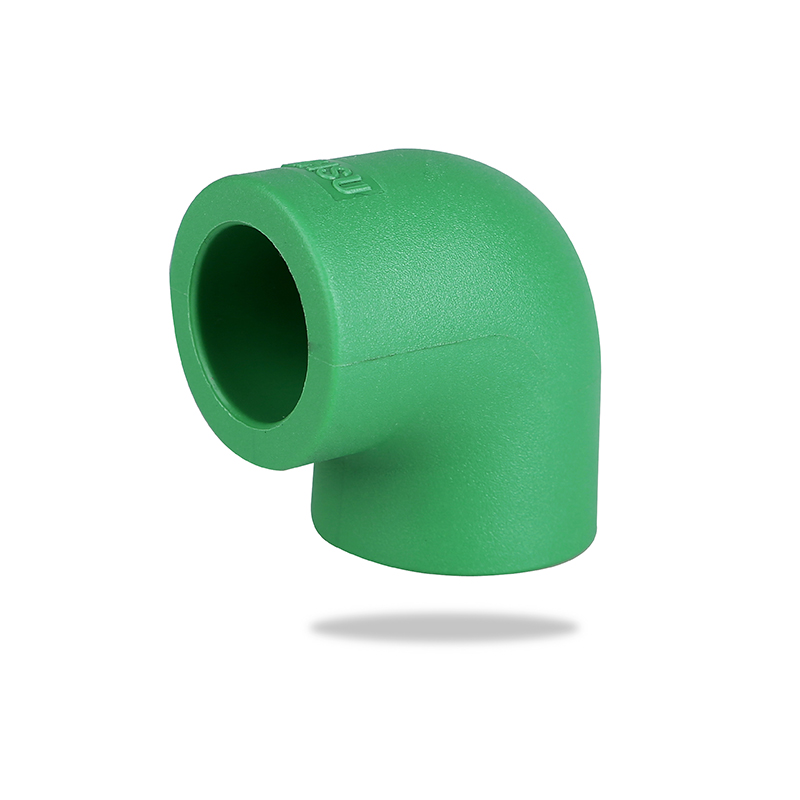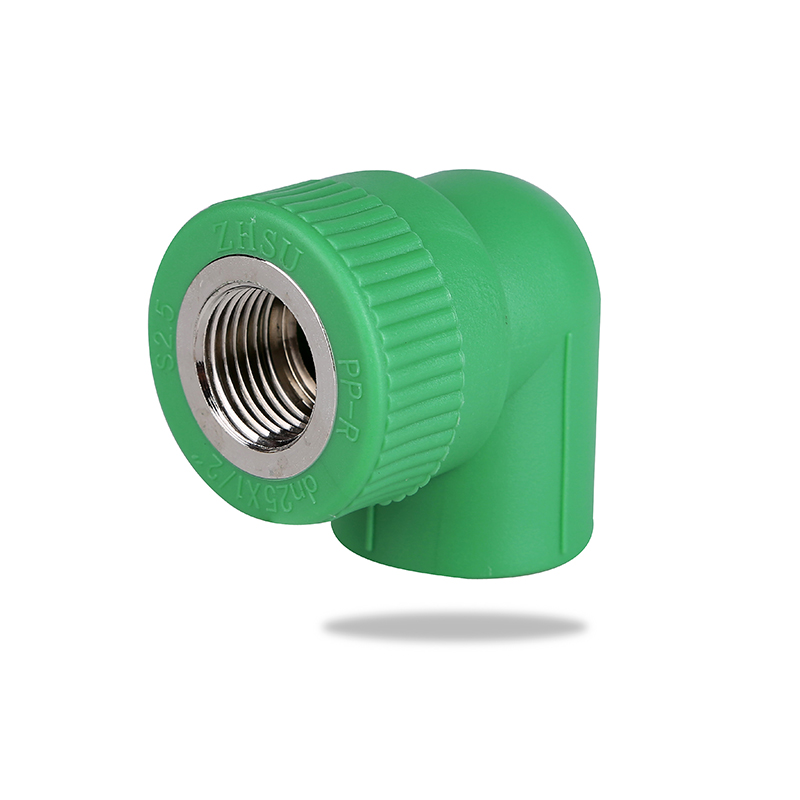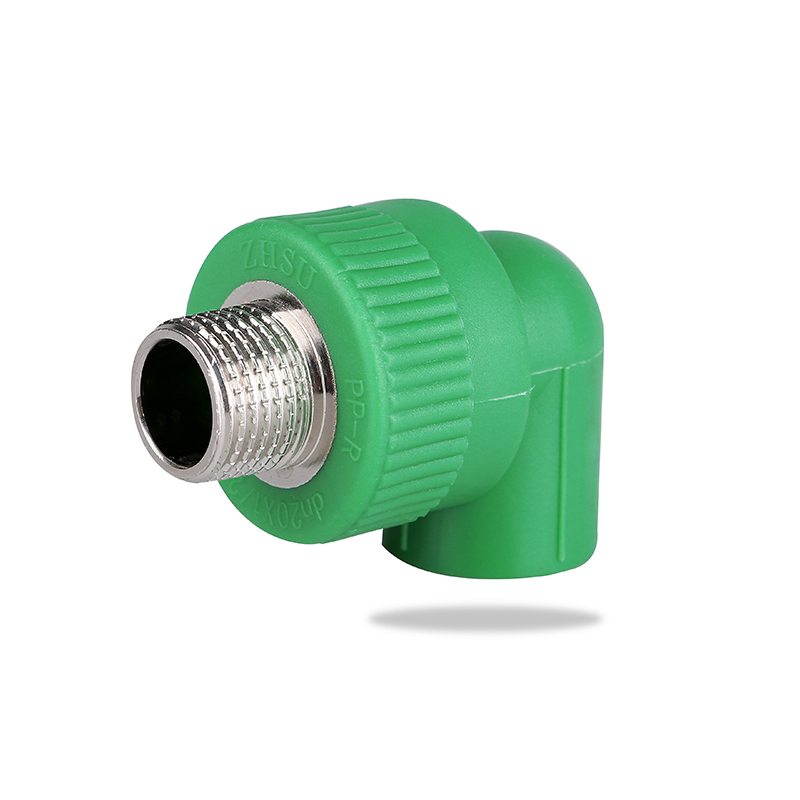ZHSU PPR Fittings are made of Polypropylene Random Copolymer, non-toxic, qualifi...
See DetailsHow does the flexibility of HDPE pipes impact their installation process compared to rigid pipes?
When need to choosing pipes for various applications, one of the critical factors to consider is flexibility. In this article, we will delve into how the flexibility of High-Density Polyethylene (HDPE) pipes impacts their installation process compared to rigid pipes such as PVC or metal pipes. Understanding these differences can help stakeholders make informed decisions for their infrastructure projects.
One of the standout advantages of HDPE pipes is their flexibility, which allows them to be bent and curved without the need for numerous joints or fittings. This characteristic simplifies the installation process significantly. Unlike rigid pipes that require precise measurements and numerous connections, HDPE pipes can often be installed in longer continuous runs, reducing the overall number of joints. This reduction not only saves time during installation but also decreases the potential points of failure, minimizing the risk of leaks and enhancing system reliability.
HDPE pipes excel in areas with challenging terrain, such as rocky or hilly landscapes. Their flexibility enables them to conform to ground contours, eliminating the need for extensive excavation, trenching, or complex supports that rigid pipes may necessitate. This adaptability not only streamlines the installation process but also reduces costs associated with earthworks and backfill materials. Contractors can navigate around obstacles more efficiently, making HDPE pipes an ideal choice for projects in varied geographical settings.
Another advantage of HDPE pipes' flexibility is their ease of handling and transport. These pipes can be coiled for transportation, simplifying logistics and reducing transportation costs, especially for large-diameter pipes that would be cumbersome if rigid. Contractors find it easier to maneuver and position HDPE pipes at the installation site, contributing to faster and more efficient installations.
During handling and installation, HDPE pipes exhibit greater resistance to damage compared to rigid pipes. Their flexibility allows them to absorb minor impacts and stresses without cracking or breaking, minimizing the risk of costly repairs or replacements. This durability not only ensures a smoother installation process but also enhances the long-term performance and reliability of the pipeline system.
HDPE pipes' flexibility enables longer continuous runs without joints or fittings, creating a seamless pipeline. This uninterrupted flow path is crucial for applications where consistent flow is paramount, such as water distribution or sewer systems. The absence of joints reduces the likelihood of leakage points, maintaining system integrity and efficiency over time.
One of the standout advantages of HDPE pipes is their flexibility, which allows them to be bent and curved without the need for numerous joints or fittings. This characteristic simplifies the installation process significantly. Unlike rigid pipes that require precise measurements and numerous connections, HDPE pipes can often be installed in longer continuous runs, reducing the overall number of joints. This reduction not only saves time during installation but also decreases the potential points of failure, minimizing the risk of leaks and enhancing system reliability.
HDPE pipes excel in areas with challenging terrain, such as rocky or hilly landscapes. Their flexibility enables them to conform to ground contours, eliminating the need for extensive excavation, trenching, or complex supports that rigid pipes may necessitate. This adaptability not only streamlines the installation process but also reduces costs associated with earthworks and backfill materials. Contractors can navigate around obstacles more efficiently, making HDPE pipes an ideal choice for projects in varied geographical settings.
Another advantage of HDPE pipes' flexibility is their ease of handling and transport. These pipes can be coiled for transportation, simplifying logistics and reducing transportation costs, especially for large-diameter pipes that would be cumbersome if rigid. Contractors find it easier to maneuver and position HDPE pipes at the installation site, contributing to faster and more efficient installations.
During handling and installation, HDPE pipes exhibit greater resistance to damage compared to rigid pipes. Their flexibility allows them to absorb minor impacts and stresses without cracking or breaking, minimizing the risk of costly repairs or replacements. This durability not only ensures a smoother installation process but also enhances the long-term performance and reliability of the pipeline system.
HDPE pipes' flexibility enables longer continuous runs without joints or fittings, creating a seamless pipeline. This uninterrupted flow path is crucial for applications where consistent flow is paramount, such as water distribution or sewer systems. The absence of joints reduces the likelihood of leakage points, maintaining system integrity and efficiency over time.

 简体中文
简体中文 English
English русский
русский Español
Español Français
Français عربى
عربى Português
Português 日本語
日本語 italiano
italiano Nederlands
Nederlands Polskie
Polskie
